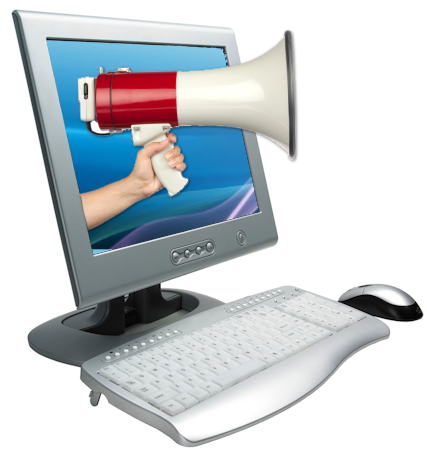What It Is
The creation, publishing and sharing of materials online that do not explicitly promote a brand but are intended to stimulate interest and engagement in its products or services. Videos, blogs, articles, social media posts, eNewsletters – the list is pretty extensive of what is included so don’t think it’s just about social media.

Sure, social media is free but content marketing is so much more than posts on Facebook and fun pictures on Instagram. From eNewsletters to articles, photos, videos and website content, you need to be strategic in creating quality items that are interesting and/or informative…then delivering that content to your target markets where they are. That takes time and effort. And if not your time, hiring a professional to strategize and execute might be the way to go. Set a budget (maybe as much as 25% of your total marketing budget) and implement the plan.
It’s A Long-Term Game With Measurable ROI
Brand growth is usually slow and gradual with content marketing. So along with a plan and tangible goals, your strategy has to include patience. The first weeks or even months might not provide big returns. However, over the longer term, your efforts should start producing results that reflect your goals. As you focus on building relationships with customers, sending traffic to your website and informing potential customers about your brand, the metrics you track will help you determine effectiveness.
ANY Business Can Benefit
There is not a single niche or business that can’t see gains with a strategic, well played plan for content marketing. It’s true. But note, success hinges on strategy, goals, execution, measurement, adjustment…repeat.
Your Strategy Must Fit Your Niche
While there are some proven efforts that work really well in content marketing, there are others that may work exceptionally well for your target market. Or those that just don’t resonate with your customers (or potential customers.) So don’t just plan to copy another company’s content marketing strategy. You have to take the time to create your very own strategy that works for your company. Sure, you’ll have things in common with competitors or other businesses, but keep your specific target market in mind and tailor your efforts and goals directly to them.
Now is the time to dive deep and learn how effective content marketing can be for your business. With the overall ease of publishing and sharing content, it’s a powerful tool in a marketing toolbox that can provide long term benefits for any business.

 However, not every website builder is "too good to be true" and not every single small business needs a professional developer to have a good site. There are pros and cons to both ways of getting a website put together. What I want to outline here are some considerations that should be taken into account when entrepreneurs decide how to go about website development.
However, not every website builder is "too good to be true" and not every single small business needs a professional developer to have a good site. There are pros and cons to both ways of getting a website put together. What I want to outline here are some considerations that should be taken into account when entrepreneurs decide how to go about website development. While screen sizes are constantly changing these days and responsive design is all the rage, user studies tell us that content "above the fold" — a term borrowed from print terminology and used to reference what is visible on the webpage without scrolling — is still very important and relevant. Regardless where the fold lands, what is at the very top of your webpage needs to be some of the most important content you are offering - or at the very least hold the promise of great content if a user scrolls.
While screen sizes are constantly changing these days and responsive design is all the rage, user studies tell us that content "above the fold" — a term borrowed from print terminology and used to reference what is visible on the webpage without scrolling — is still very important and relevant. Regardless where the fold lands, what is at the very top of your webpage needs to be some of the most important content you are offering - or at the very least hold the promise of great content if a user scrolls.
